Polish activists working at the country’s border with Belarus report that the situation is "worsening" for migrants and are concerned that the reinstatement of a buffer zone will hinder aid and monitoring efforts. Recently they filmed some troubling incidents and spoke to InfoMigrants about the context behind the clips.
"Things are definitely getting worse [for migrants] at the border," says Agata Kluczewska, part of the Podlaskie Ochotnicze Pogotowie Humanitarne (POPH), loosely translated as the Voluntary Humanitarian Service group in English.
Their observations come at the same time as the report of a Polish soldier being stabbed by a migrant at the border on Tuesday (May 28). In response to the attack, Polish Prime Minister Donald Tusk announced he would be re-introducing an emergency buffer zone extending 200 meters around the border.
When the idea of a buffer zone around the border was first introduced in 2021, it stretched from between two and five kilometers and prevented the press, humanitarian groups and members of the public from approaching the border area.
The reintroduction of this buffer zone worries aid groups. Bartek Rumienczyk, the media officer at the humanitarian border monitoring coalition Grupa Granica, believes the it could hinder the provision of humanitarian aid by groups like his, as well as prevent the monitoring of the situation at the border.
Also read: Poland pledges to further strengthen its border with Belarus
Emergency buffer zone can hinder monitoring work
It would also prevent the recording of the kind of footage that volunteers working with POPH recorded and posted on Facebook last week (May 20-21). A series of clips appears to show Polish military personnel lifting what looks like unconscious or injured people through a small gate in the big metal fence that separates Poland from Belarus.
Kluczewska says these clips were filmed on the night of Monday, May 20 into Tuesday, May 21. She herself was at the border the night the films were made.
Heart problems and anaphylactic shock suspected
"I think the film was made at about 1 am," says Kluczewska on the phone to InfoMigrants. She is careful to add that she wasn’t there at the time, another volunteer in her group filmed the footage, but that she had been there earlier in the day.
On Monday, members of POPH, including Kluczewska, had been in touch with a group of migrants who were on Polish soil but on the Belarusian side of the fence, explains Kluczewska.
The volunteers are allowed to call for ambulances if they think someone has fallen ill. On this particular day, they believed that at least five people in the group might need medical attention.
One person appeared to be suffering from heart problems, another Somali woman thought she had been bitten by something, perhaps an insect or snake, and appeared to be having an anaphylactic shock. "She was foaming at the mouth," remembers Kluczewska.
Another man, from Sri Lanka, had injured his back and was in a lot of pain, groaning loudly. The activists cannot physically approach the migrants, but they communicate with them first by shouting and then via mobile phone. At one point, a Syrian who appeared to have some medical training, perhaps a nurse, was helping put people in the recovery position and check their vital signs, following the instructions of the activists.
Also read: Benjamin's story in Poland, 'being locked up is a nightmare'
Call the ambulance
The POPH group reports that they contacted the Polish border guard and ambulance services. "It took approximately nine to 11 hours for them to finally arrive," states Kluczewska. During this time, several patrols from the Polish border guard were present and witnessed the situation, according to their account.
When the ambulance vehicle finally arrived, it was not from the Polish health service but appeared to be a military ambulance wagon. A white circle with a red cross on a khaki-colored van can be clearly seen in the video clips.
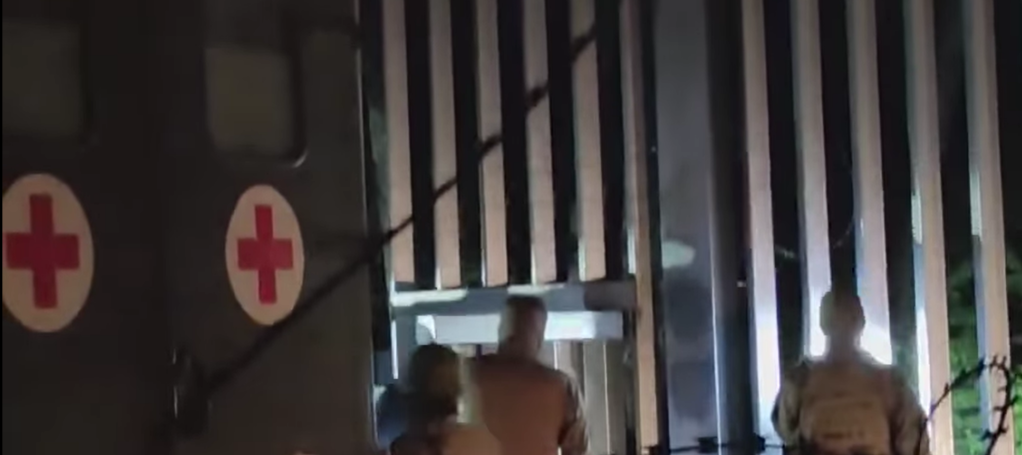
The personnel inside are dressed in military-type uniforms. They can be seen lifting people through the door in the wall. According to Kluczewska, they lifted the five members of the group through to check their vital signs. When it was established they were still breathing, they pushed them back through the gate in the wall.
Rumienczyk says it is dubious how thorough a medical check can be carried out "by the lights of cars, at night," and questions whether it would have been more appropriate and in line with humanitarian obligations for the authorities to have taken the people to hospital for a full and proper medical examination.
Only one person from the group, the Sri Lankan man, was taken to hospital, Kluczewska says. He was "crying out so loudly" when they lifted him through that they couldn’t ignore his pleas. According to information from other volunteers, the man has now been discharged, still in pain, and is in a camp applying for asylum in Poland.
Also read: Polish detention centers reportedly harm some migrants' mental health
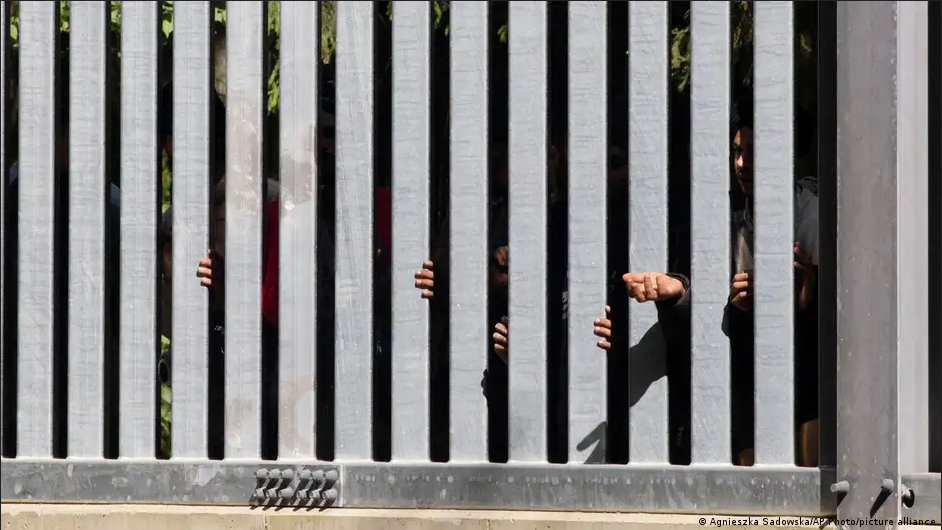
Unaccompanied minors
Part of the help POPH volunteers can offer includes taking asylum applications for unaccompanied minors to the border guards to get their procedures underway. Kluczewska says that on that day, she had taken several such applications to the border guards, including from one of the girls who became unwell that night.
Despite having records of this girl, Kluczewska says that the girl was also pushed back through the gate and is still on the Belarusian side of the Polish wall, sitting on Polish soil but too weak to continue her journey.
"They should have known that she had applied for asylum and is a minor, as they already had her documents," says Kluczewska. Under international law, a country is obliged to initiate an asylum procedure for an unaccompanied minor.
According to Kluczewska, last autumn, before Poland voted in the current government, border guards and military personnel were "more careful" about the actions they carried out with regards to migrants, because they were "afraid" that there might be changes coming with a change of government. However, with the new government, nothing much has changed in the way people on the move are being treated in the border zone between Belarus and Poland, think activists like Kluczewska, and the umbrella group Grupa Granica.
Also read: Hila's tale, 'if no one wants me, then I want myself'
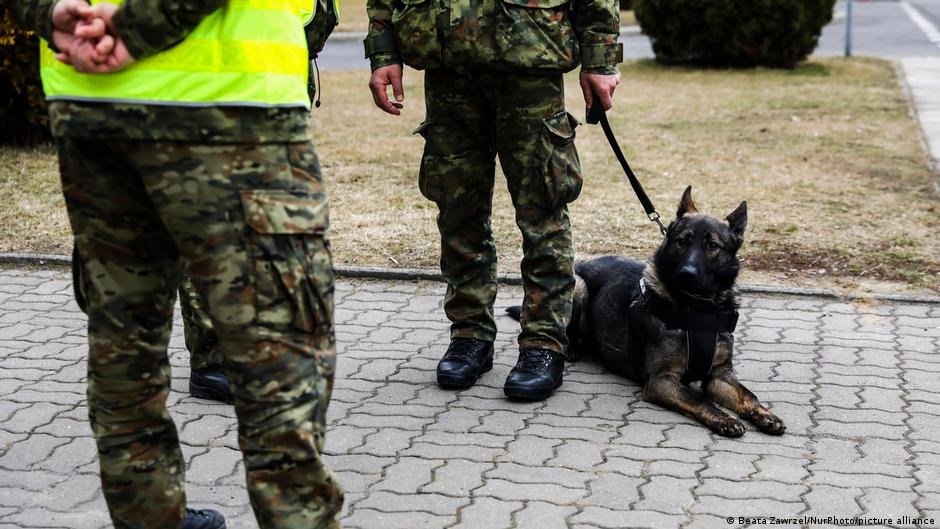
Pushbacks and the 'gray zone'
Pushbacks are relatively common, explains Karol Cichocki, another volunteer with POPH, who also spoke to InfoMigrants by phone on Tuesday. What is less common is getting footage and evidence of these pushbacks. Volunteers might hear about violence and pushbacks from migrants, but actually being present when these things are happening and capturing them on film is more difficult.
The fence separating the two countries is situated just within Polish territory, rather than directly on the border. That means, when individuals are pushed back through special doors in the fence, they find themselves on a tiny strip of land that is officially still Polish soil. This land appears to operate in a kind of 'gray zone,' agrees Rumienczyk.
On the Belarusian side of the fence, there are no more barriers. While it would cause a diplomatic incident and possibly worse if Belarusian officials were to access this land, activists think that sometimes migrants are 'disappeared' from this area. However, they have no way of verifying what happens to the people who appear and then disappear in the border zone.
"There are lots of people sitting there on that piece of Polish soil," explains Kluczewska. "There is an Afghan family there, with an eight-month-old baby who has extra digits on their hands and feet. That means they are unable to start to be able to walk without medical attention as the extra digits need to be removed because they are malformed."
Kluczewska alleges that the Polish border guards have started using pepper spray against migrants in this zone, to try and clear the area. She says they told the volunteers that they have to use measures such as these because of "aggression."
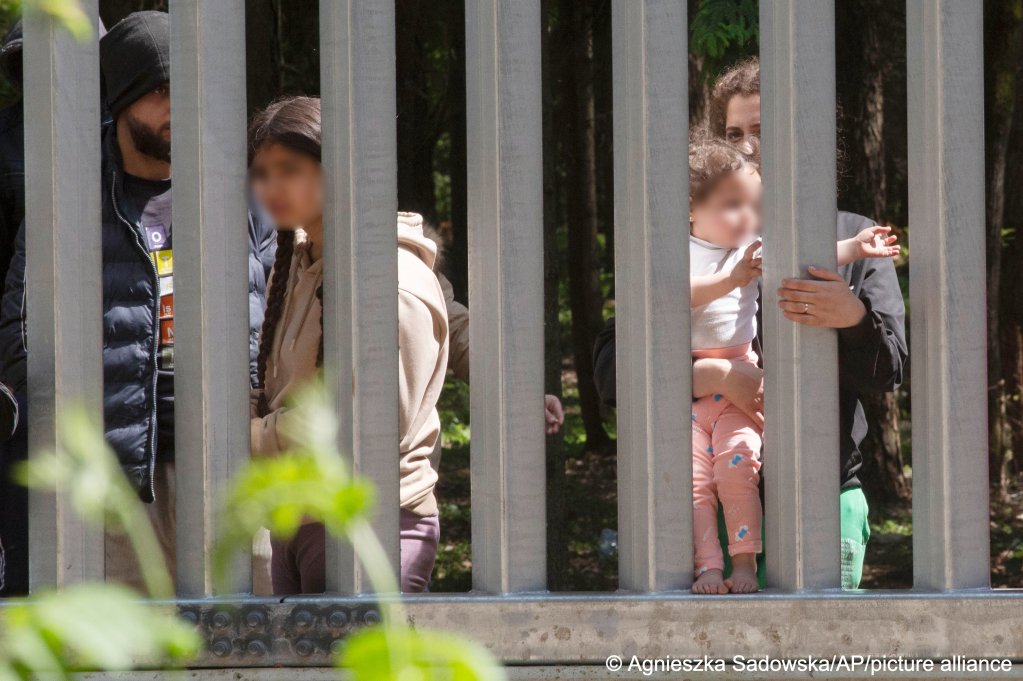
Kluczewska does not deny that some migrants might be aggressive in their desire to enter Europe, and is aware that the volunteers cannot see everything that goes on in the forest, but she thinks that the pepper spray is also being used on those who are offering no resistance.
"One man says he has been blinded in one eye because they sprayed the pepper directly into his face," says Kluczewska.
'Hybrid war' and migration
On June 3, the Polish government is due to announce about 2.3 billion euros in finance to strengthen security operations still further along the eastern border with Belarus and the northern border with the Russian enclave Kaliningrad.
The measures are known as the "Eastern Shield" and are "designed to significantly limit the mobility of the potential aggressor," stated the Polish Prime Minister Donald Tusk.
Although these measures are designed to stop any potential invasion from Russia, or its allies like Belarus, it will also fortify the borders in general. In May 2021, Tusk already made it clear that he believes, as does the EU, that many of the migrants coming through Belarus are part of a so-called 'hybrid war' attempt on the part of Russia and its allies to destabilize the West.
According to Balkan Insight, Tusk told a press conference in 2021 that "migratory pressure on our eastern border is not spontaneous, these are not people escaping to somewhere." According to Tusk, "ninety percent of the people who illegally cross our border are people in possession of Russian visas. Today, it is the Russian state that is behind the recruitment, transport and smuggling of people." He alleged they were not refugees, and less and less migrants but "in 80 percent of the cases, these are organized groups of men, aged 18-30, very aggressive."
Tusk's estimate of "80 percent" are born out by the figures provided by Grupa Granica in May. The group told Balkan Insight in May that of the 1,855 migrants that have requested help from activists since the beginning of the year, 193 were women, and 178 were children, 131 of those were unaccompanied minors. But the aggression charge is harder to prove, even in the light of the recent stabbing incident.
Also read: Russia alleged to be smuggling migrants to Europe in a 'hybrid attack'

Registered pushbacks
Grupa Granica has been observing an increase in the number of crossing attempts in May. Rumienczyk said his group is receiving "hundreds of calls" every week from people on the move asking for help in the border region. The number of official returns registered by the border guard in April also increased.
"April was a busy month, the border guard told us they had registered more than 2,000 pushbacks during that month. As a comparison, between December 13 and the end of March, the border guard registered 1,700 pushbacks. We expect May to be busy too."
Rumienczyk added that the official estimates don’t even cover all the people who may have gotten through or been pushed back without being registered, and that the actual numbers are likely much higher.
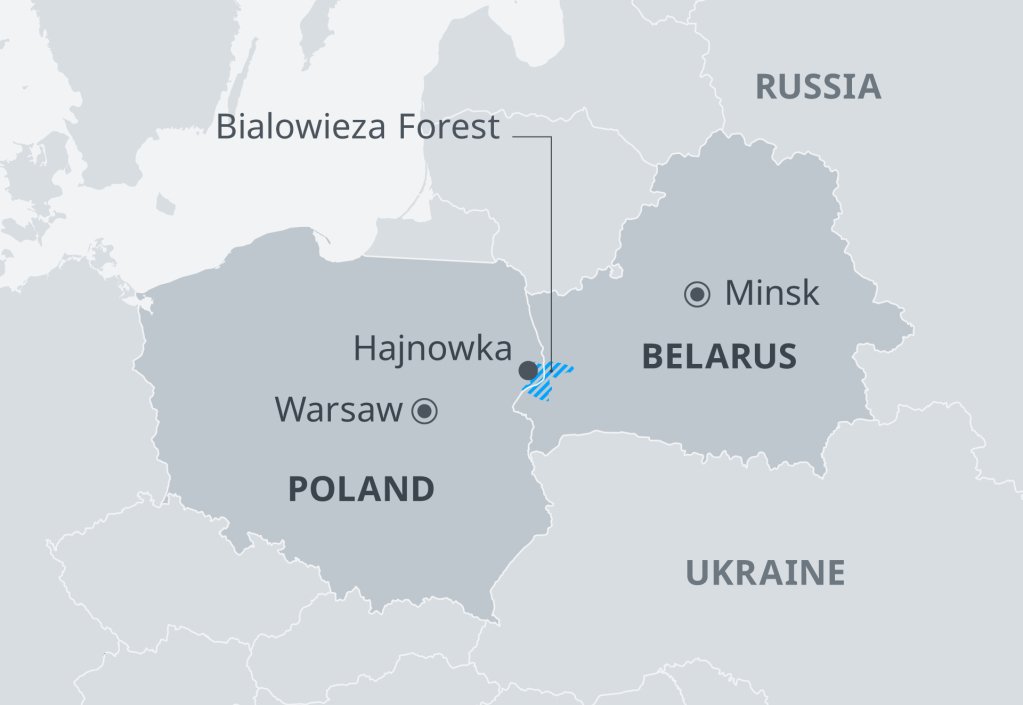
Katarzyna Czarnota, from Poland’s human rights branch of the Helsinki Foundation, as well as Agata Kluczewska from POPH note there are more and more women, children and unaccompanied minors also attempting to cross into Europe.
Some are now applying for asylum within Poland, rather than hoping to cross Poland to arrive in Germany and other Western European countries. "This is something new," says Kluczewska.
Also read: Poland-Belarus border, over 6,000 pushbacks in six months
'We are witnessing the next stage of the humanitarian crisis'
Czarnota told InfoMigrants "we are witnessing the next stage of the humanitarian crisis and the intensification of violence towards migrants. There is a lot of chaos according to the law. I am talking about the amendments to the Polish law [made by the previous regime, to legalize pushbacks for migrants who don’t ask to apply for asylum in the border zone. These amendments have been retained by the current Polish government, who say they operate 'humanitarian pushbacks'.] These amendments don’t meet the standards of international law."
The Polish Helsinki Foundation and other humanitarian groups are worried that the current talk about Poland’s need to protect itself against war and aggression is allowing the authorities to more easily criminalize anyone who tries to help migrants, as well as migrants themselves who might seek to cross the borders without the correct papers.
"In this rhetoric," explains Czarnota, "the Polish government is talking about the need to militarize the border zone, the need to put mines in the border zone, and the need to put a lot of strength in there to protect Poland and the European Union."
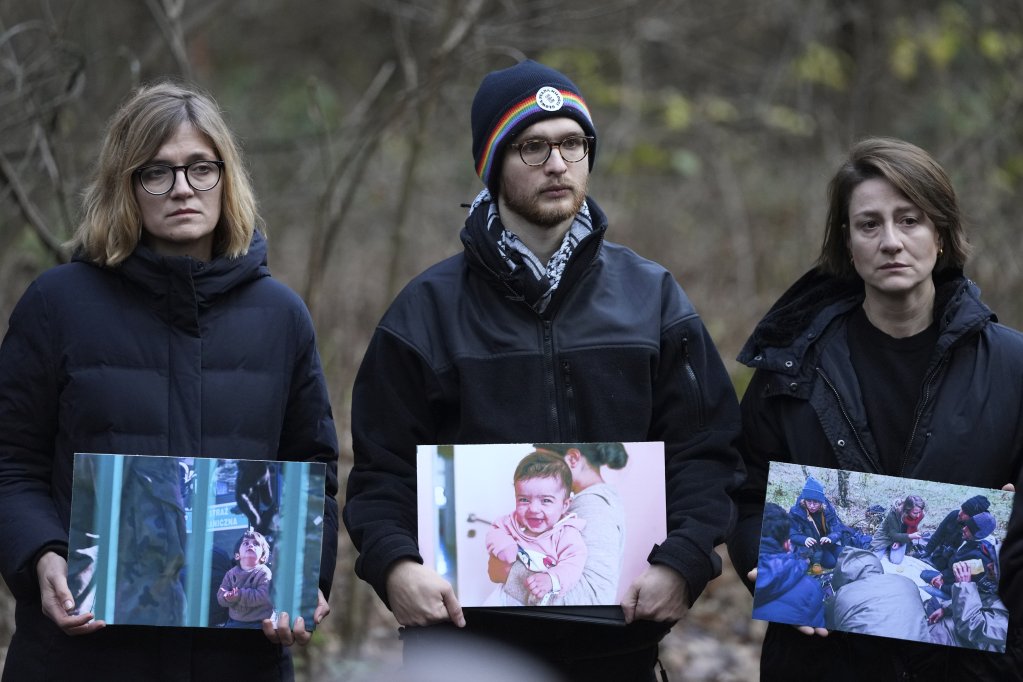
Comparing migrants to weapons allows for a normalization of violence
Amidst all this military talk, Czarnota says that the need for safe legal pathways and a focus on offering protection to those who need it has been forgotten. By allowing people on the move to be described as "hybrid weapons of war, you are forgetting that they are human beings with human rights, and you are starting to normalize seeing them as instruments of war, in the hands of dictatorships," she said.
This is leading to an increase and a normalization of violence against migrants and asylum seekers and can be traced right back to how EU states responded to the first large increases in migrant arrivals back in 2015 and 2016 as a result mostly of the war in Syria.
Czarnota says this kind of mechanism is being repeated across Europe today -- not only in Poland.
Kluczewska concurs. From her observations at the border in Poland, she feels that the Polish authorities' repeated insistence on strengthening the border is conversely weakening Poland and Europe.
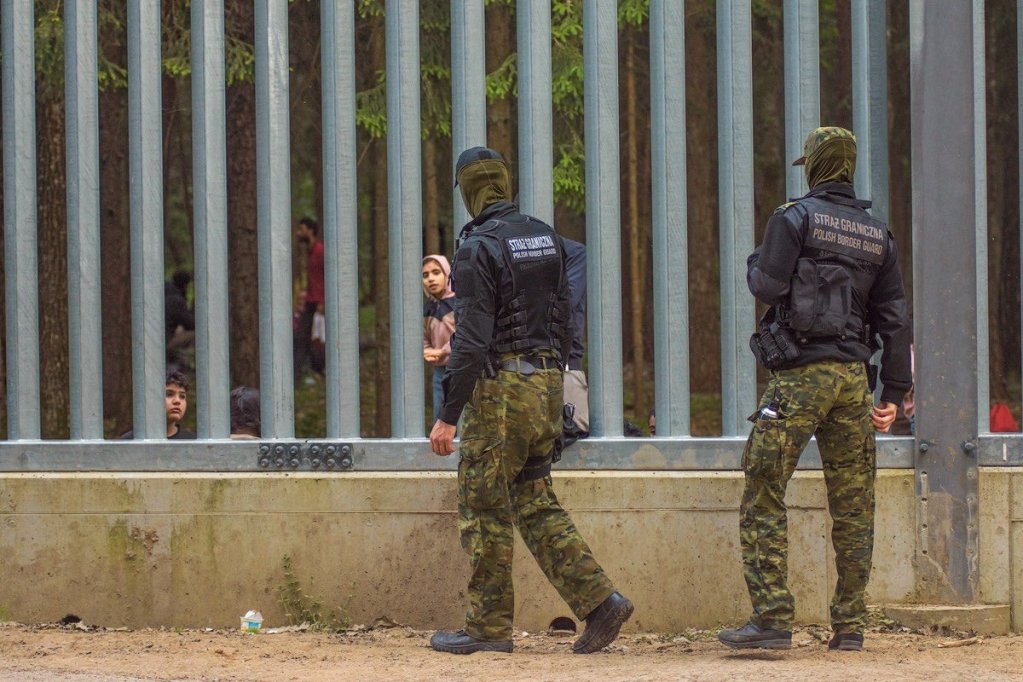
"When almost the only way for people to get in, is by unregistered means, then how can we know who is coming in?" asks Kluczewska rhetorically. "If we had proper asylum procedures in place, then we could properly check everyone, know who we were dealing with, and then yes, send those back who did not qualify for asylum and could not be offered protection."
For now, following reports of a Polish soldier being stabbed at the border, it appears that Tusk’s government is continuing with its stance of militarization and strengthening the border, with very little being mentioned about anyone who might have a genuine case for asylum.
InfoMigrants cannot independently verify the footage posted in this article. We asked the Polish border guard for comment on Tuesday about the incidents witnessed in the video, but at the time of writing, they had not yet replied.
Also read: Tales from the Polish-Belarusian border
